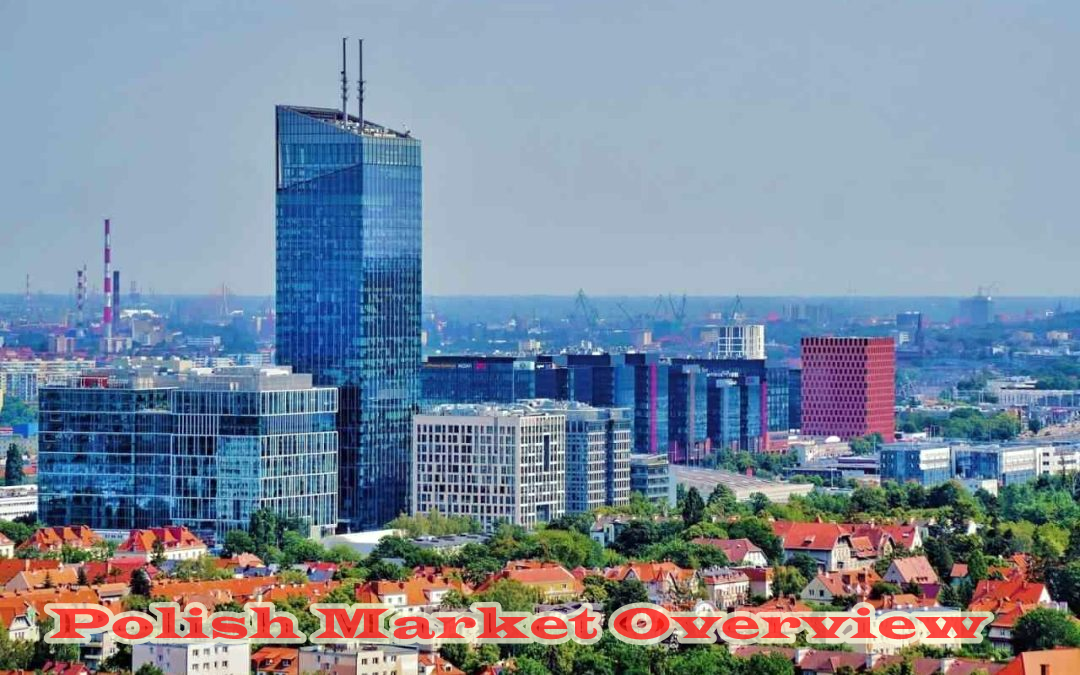Poland, situated in the heart of Europe, has emerged as a shining example of economic resilience and growth in the region. Despite historical challenges and economic transformations, the country has managed to maintain a steady upward trajectory, making it one of the most attractive destinations for businesses and investors. In this article, we will delve into the factors that have contributed to Poland’s economic resilience and sustained growth.
Contents
1. A Historical Perspective
To truly appreciate Poland’s economic resilience, it is essential to examine its historical journey. Poland’s transition from a centrally planned socialist economy to a market-oriented one began in the late 1980s. The fall of communism in 1989 marked a pivotal moment, leading to significant economic reforms, privatization, and the adoption of market principles.
2. Macroeconomic Stability: The Foundation
At the core of Poland’s economic resilience is its commitment to maintaining macroeconomic stability. This stability is reflected in several key factors:
a. Fiscal Responsibility
Poland has consistently pursued a fiscally responsible approach to government spending. Sound fiscal policies, including budget discipline and debt management polish market overview, have contributed to economic stability.
b. Strong Banking Sector
Poland’s banking sector is robust and well-regulated. The country’s banks have weathered global financial crises with resilience, maintaining the stability of the financial system.
c. Flexible Exchange Rate Regime
Poland employs a flexible exchange rate regime, allowing its currency, the Polish złoty (PLN), to adjust to market conditions. This flexibility has helped absorb external shocks and maintain competitiveness.
d. European Union Membership
Poland’s accession to the European Union (EU) in 2004 facilitated economic integration with Western Europe. Access to the EU single market opened up new opportunities for trade and investment, further enhancing stability.
3. Steady GDP Growth
Poland’s economy has consistently displayed impressive growth. As of my last knowledge update in 2022, Poland’s Gross Domestic Product (GDP) was approximately $600 billion, positioning it as one of the largest economies in Central and Eastern Europe. The country’s GDP growth rate has averaged around 4% in the decade leading up to 2022, showcasing its resilience in the face of global economic challenges.
4. Diverse Economic Sectors
Poland’s economic resilience is further reinforced by its diverse range of economic sectors. Let’s explore some of the key sectors that contribute significantly to the country’s growth:
a. Manufacturing Strength
Poland has emerged as a manufacturing powerhouse, particularly in industries such as automotive, machinery, and electronics. Renowned automakers like Volkswagen, Toyota, and Fiat have established manufacturing facilities in Poland, making it a pivotal hub for automotive production in Europe.
b. IT and Outsourcing Excellence
Poland has made its mark in the global information technology (IT) and outsourcing sectors. Cities like Warsaw, Krakow, and Wroclaw host numerous IT companies providing services such as software development, IT consulting, and business process outsourcing. The nation’s highly skilled workforce and competitive labor costs have made it an attractive destination for IT investments.
c. Agriculture and Food Processing
Agriculture is a vital sector in Poland, with the country being one of the largest food producers in Europe. Poland’s agricultural output encompasses grains, potatoes, fruits, and livestock. The food processing industry, including dairy, meat, and processed food products, plays a substantial role in the nation’s economy and exports.
d. Financial Services Hub
Poland boasts a well-developed financial services sector, featuring a robust banking system and a growing capital market. The Warsaw Stock Exchange serves as a platform for trading stocks and other financial instruments. Additionally, Poland has been attracting fintech companies, further expanding its financial services landscape.
5. Foreign Direct Investment (FDI)
Poland has successfully attracted foreign direct investment (FDI) over the years. Its strategic location within the EU, combined with a stable business environment and a skilled workforce, makes it an appealing destination for multinational corporations. Notable FDI inflows have been witnessed in sectors such as manufacturing, IT, and automotive.
6. Infrastructure Development
Investments in infrastructure have played a pivotal role in Poland’s economic resilience. Modern highways, railways, and airports have improved connectivity within the country and with neighboring nations, facilitating trade and transportation. These infrastructure upgrades have also solidified Poland’s position as a logistics and distribution hub in Central Europe.
7. Challenges and Opportunities
Poland’s economic resilience is not without its challenges and opportunities. Here are some of the key considerations:
a. Challenges
- Demographic Trends: Poland faces demographic challenges, including an aging population and emigration of skilled workers. These trends may impact the labor market and consumer demographics.
- Regulatory Complexity: Navigating Poland’s regulatory landscape can be intricate, requiring a thorough understanding of local laws and compliance requirements.
- Skills Gap: While Poland boasts a skilled workforce, certain sectors may experience skills shortages. Addressing these gaps is essential for sustained growth.
b. Opportunities
- Sustainability: Poland is increasingly focused on sustainability and environmental consciousness. Businesses embracing sustainable practices can tap into a growing market segment.
- Emerging Markets: Poland serves as a gateway to emerging markets in Eastern Europe. Businesses operating in Poland can explore opportunities in neighboring countries with growing economies.
- E-commerce Growth: E-commerce is booming in Poland, offering opportunities for businesses in the online retail and logistics sectors. The convenience of online shopping has fueled this trend, making it an attractive market segment for expansion.
8. Conclusion
Poland’s economic resilience is a testament to its adaptability and growth potential. With a diversified economy encompassing manufacturing, IT, agriculture, and financial services, Poland offers a range of opportunities for businesses and investors. Its strategic location in Europe, coupled with macroeconomic stability, makes it an attractive destination for those seeking to expand their presence in the region.
Despite challenges, such as demographic shifts and regulatory complexity, Poland’s commitment to growth, innovation, and sustainability positions it as a dynamic player in the European economic landscape. As Poland continues to evolve and embrace new opportunities, staying informed about key economic factors and market trends will be essential for businesses looking to thrive in this dynamic and resilient economy.
